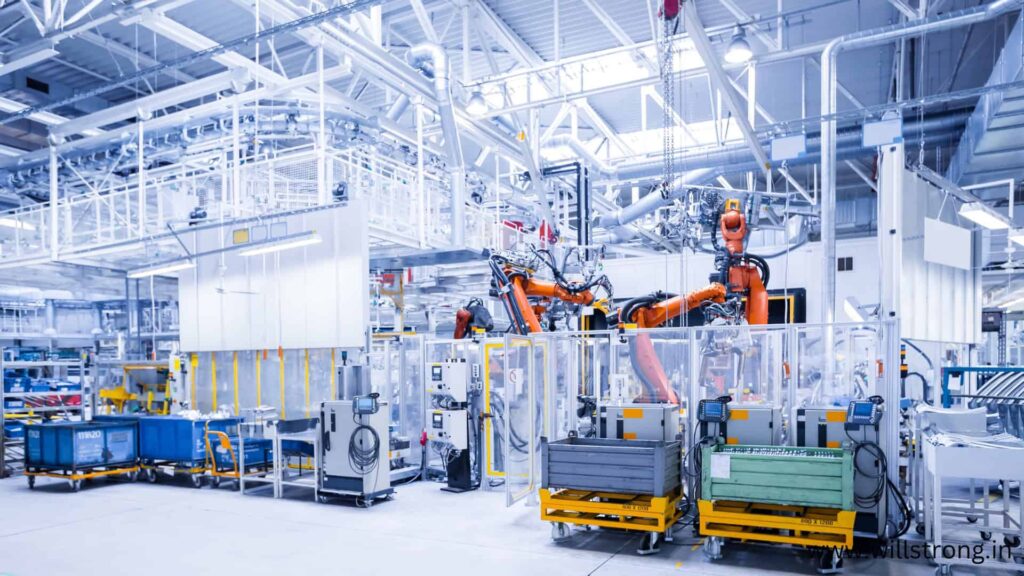Fire hazards are a nightmare for any industry, especially in chemical or manufacturing plants. These industries use equipment and materials that easily fuel fires.
Whether you’re a business owner, manager, or employee, understanding fire risks is crucial. It not only helps you protect your own life but also the lives of others. Plus, it safeguards machinery and valuable assets from potential disaster.
Today in this blog, we are going to discuss about 10 common mistakes that can fuel up fire in manufacturing industry. Also, we will share the tips for how can you prevent fire.

According to the Fact checker, every year 15-20% fire cases happen in manufacturing industry due to the electrical short circuits. this could be due to the wiring or overloaded circuit.
We all know when we are using the heavy machinery it requires high power usage. Due to which, we need heavy electrical equipment as well. So, they can handle the load without any hassle.
If you will use the inappropriate electrical circuit, this will lead to create sparks. which will be ignite nearby flammable materials.
Every manufacturing industry uses some kind of flammable material. This can be liquids, gases, or solids.
If you are managing the storage of these types of materials properly. This may lead to serious fire risks. Talking about some common materials, examples include paints, solvents, and chemical substances used in production processes.
When your manufacturing unit is based on Hot work, such as welding, cutting, and grinding. You need to keep the combustible material away from your work place.
Because, Hot work generates heat and sparks that can ignite nearby combustible materials. Even materials that seem non-flammable can catch fire in the summer or high heat conditions.
Some manufacturing units generate dust particles. Especially industries like- woodworking, metal grinding, and food processing etc.
When dust accumulates in large amounts, it can become highly combustible. Which can be posing a significant fire or explosion risk.
Do not leave Waste materials such as oily rags, scrap metal, or leftover chemicals on the floor. Instead, you should properly store them in a container or waste storage area.
That’s because these waste materials can easily ignite if not properly disposed of or stored.
Oily rags, in particular, can spontaneously combust if left in poorly ventilated areas.
When manufacturing machineries are operating continuously, they can generate heat in the process.
If they are overheated or some equipment are malfunctioning. It can become a source of ignition, especially when located near flammable materials.
A lack of fire safety training for employees is a critical risk in many manufacturing plants. Workers who are unfamiliar with emergency protocols, they might ignite the fire. So you must train them about fire activities.
Also, you should choose the right fire suppression system for industry. So sometimes, if fire catches up, you can control it in the early stages.
Many manufacturing facilities deal with chemical reactions that can result in fire. Due to which, it is very important to control process.
Some chemicals are highly reactive and may ignite upon contact with air, water, or other substances.
Despite clear rules, smoking in restricted areas remains a common issue in manufacturing environments.
A single discarded cigarette butt can ignite flammable materials, especially in areas with dust or chemical vapors.
Clutter and disorganization can significantly contribute to fire hazards. Boxes, packaging materials, and tools left in walkways or near hot machinery can easily ignite, spreading fire rapidly throughout the facility.
These are the 10 causes that can lead to fire accidents in manufacturing industry.